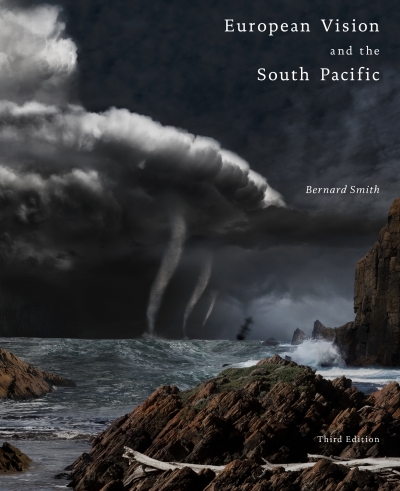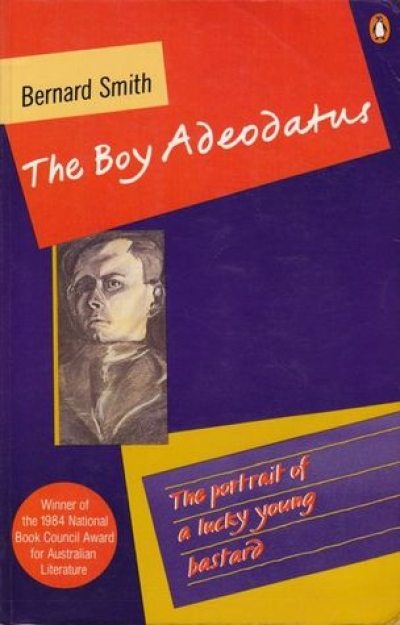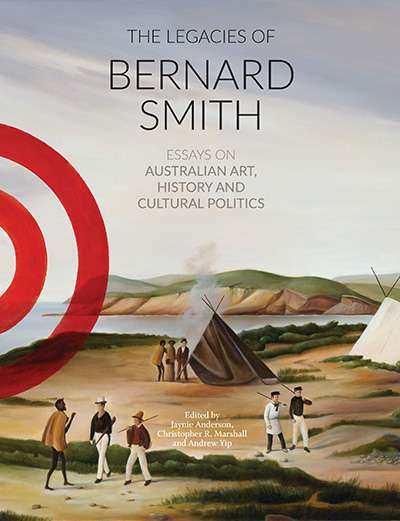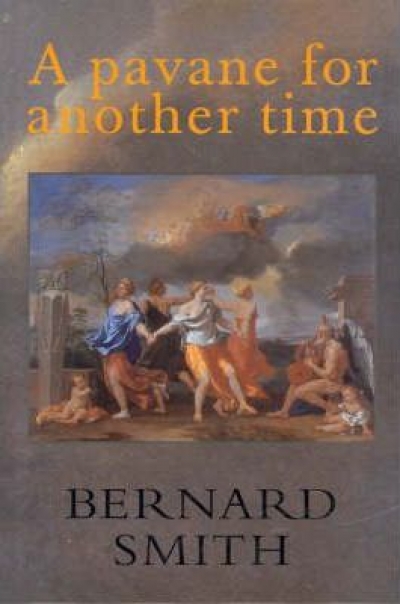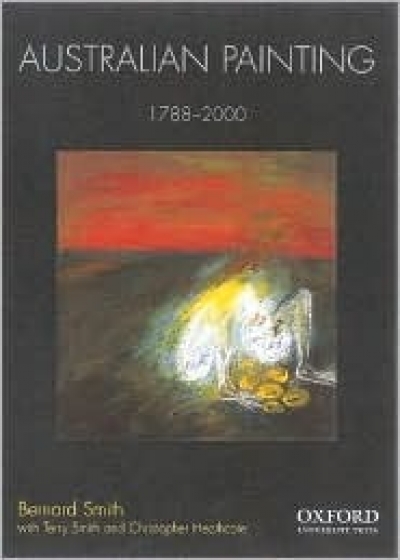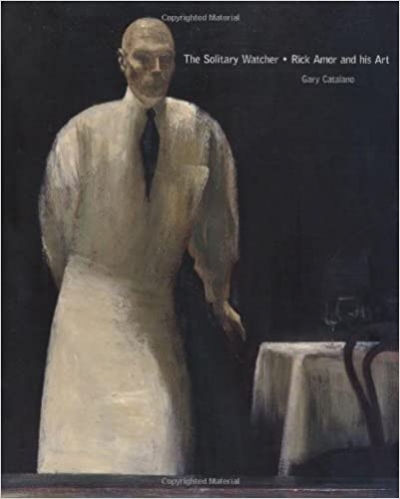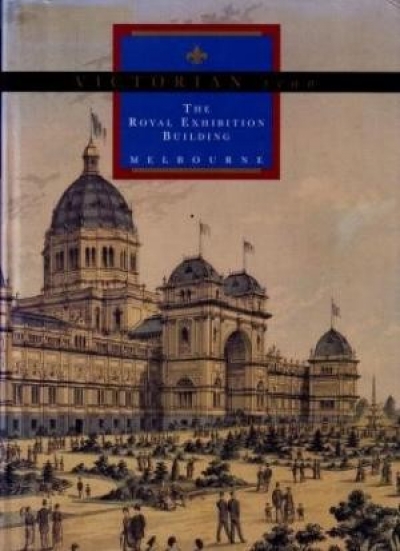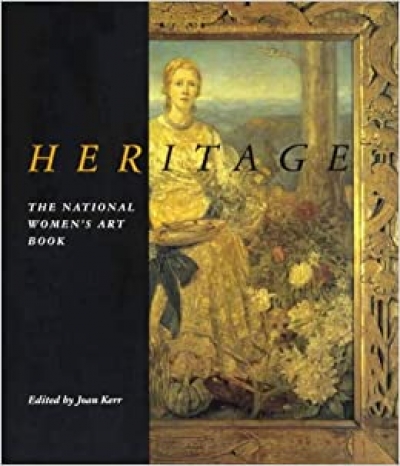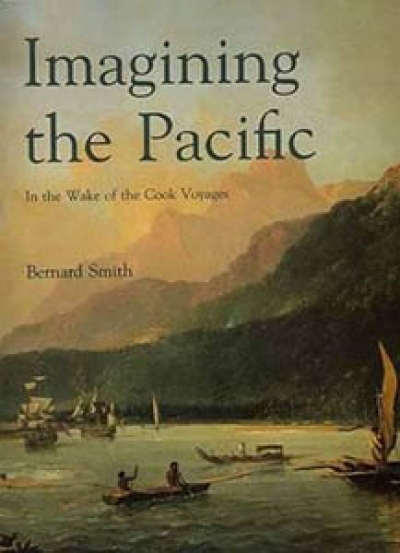Bernard Smith
European Vision and the South Pacific, Third Edition by Bernard Smith
by Lynette Russell •
The Boy Adeodatus: The portrait of a lucky young bastard by Bernard Smith
by Warren Osmond •
Antipodean Perspective: Selected Writings of Bernard Smith edited by Rex Butler and Sheridan Palmer
by Brian Matthews •
The Legacies of Bernard Smith: Essays on Australian Art, history and cultural politics edited by Jaynie Anderson, Christopher R. Marshall, and Andrew Yip
by Andrew Fuhrmann •
Australian Painting 1788–2000 by Bernard Smith, with Terry Smith and Christopher Heathcote
by Daniel Thomas •
The Solitary Watcher: Rick Amor and his art by Gary Catalano
by Bernard Smith •
Victorian Icon: The Royal Exhibition Building by David Dunstan et al.
by Bernard Smith •
Imagining the Pacific: In the wake of the Cook voyages by Bernard Smith
by Jonathan Holmes •

